Novel CNS Screening Libraries
In addition to HTS in the pharmaceutical and biotech industry, an increasing number of academic groups are devising inventive assays aimed at screening compound libraries to identify small molecules as in vitro tools to investigate disease mechanism and as in vivo probes to be developed into clinical candidates. The success of screening lies not only in the hypothesis and the assay itself, but also in the quality and relevance of the compounds tested. Given the inherent difficulty in discovering effective drugs for AD, and given the innovative screening approaches currently being undertaken, we believe that better CNS screening libraries will significantly improve the speed of target validation and drug discovery in academia. In this project, we seek to identify a new approach for a CNS-relevant collaborative screening library. The Lipinski “Rule of 5” highlights the importance of physical properties in the assessment of drug candidates [1]. Molecules that violate the Lipinski Rules have a higher likelihood of attrition in development due primarily to pharmacokinetic (PK) issues. Additionally, it is widely recognized that success rates in drug discovery are much higher when the original leads have values within certain physicochemical ranges, as the optimization of the lead generally results in a significant increase in these values [2-8]. The LDDN compound library consists of 150,000 compounds purchased from commercial vendors that adhere to “Lipinski criteria.” The guidelines point to the increased “probability” of oral exposure. However, in over 80 HTS campaigns at the LDDN, the majority of hits identified from screening had a number of common limitations including:
(i) low aqueous solubility
(ii) poor permeability and
(iii) short microsomal stability
Properties that generally result in unacceptable pharmacokinetics and poor brain penetration. A number of examples of hits identified from screening at the LDDN are shown below.

Indeed, it is uncommon to identify a compound directly from a HTS assay that has properties suitable for use as an in vivo probe to investigate disease mechanism. In general, medicinal chemistry optimization is required to identify compounds suitable for in vivo evaluation. The process requires optimization of multiple parameters, including not only potency, but the pharmaceutical properties outlined above. This can create a significant bottleneck, both in establishing in vivo proof of concept for the hypothesis being tested and for clinical candidate identification.
The Lipinski Rules originally were based on an analysis of compounds at Pfizer that had progressed to PK study. These compounds underwent medicinal chemistry optimization, and metabolic liabilities and poor solubility were likely identified and addressed during optimization. However, the compounds in commercial libraries have not undergone the same medicinal chemistry optimization. Therefore, although they may adhere to Lipinski Rules, they are not the result of medicinal chemistry optimization, and they may contain structural liabilities and may be poorly soluble. While the Lipinski Rules remain a valid guide of potential for oral exposure of medicinal chemistry optimized compounds, using physicochemical-based rules as the only criteria for the design of a CNS-screening library clearly is insufficient.
To identify high quality hits from screening libraries, and to accelerate the discovery of compounds suitable for in vivo proof of concept, we began an approach for CNS-library design that blends: (i) CNS-activity (carefully chosen privileged CNS drug-like cores and side-chains from an analysis of ~240 FDA approved CNS drugs); (ii) parallel synthesis (diversity, novel chemical and biological space); (iii) physicochemical properties (cLogP, PSA, MW); (iv) experimental properties (aqueous solubility, microsomal stability and PAMPA permeability);
A preliminary pilot library of 20 novel compounds was tested by academic collaborators in four neurodegeneration relevant assays, and promising hits were identified in two assays. Now, following a preliminary round of medicinal chemistry optimization (30 compounds), we have established excellent CNS exposure after oral dosing with the lead compound. These results led to a recent successful R21 grant application and with our collaborator are now beginning in vivo efficacy testing.
As we expand the library we plan to make the CNS-library freely available to other academic researchers for use in screening in their neurodegeneration relevant assays. Compounds identified from screening of the library will be useful as tools to understand disease mechanism and as leads to develop new drugs and treatments for CNS diseases.


